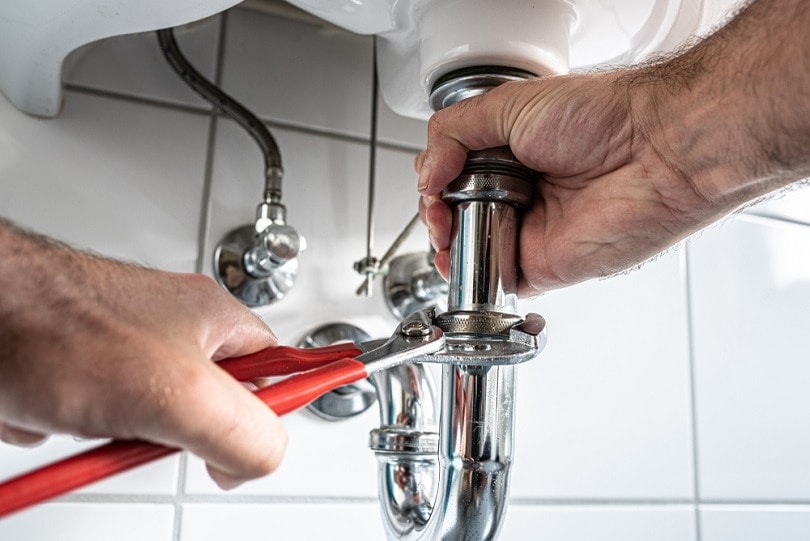Kitchen faucets play an essential role in the kitchen. And these faucets are a frequently used appliance in the kitchen. There is a wide range of styles, from traditional to modern, depending upon the demand in the market. When you choose a kitchen faucet, there are some factors to keep in mind, like the dimension of the sink, installment requirements, and durability.
If you are planning to replace your kitchen faucet, you should understand the different types of kitchen faucets. Whether your kitchen faucet is old or dripping, you don’t need to call a plumber, and it can be easily done at home in some very easy steps.
Replacing kitchen faucets to give an aesthetic look to your kitchen is a common home decor project nowadays for which a plumber may charge a good amount, but with our easy steps for replacing kitchen faucets, you can do it on your own.
It is a very simple procedure if you have the right tools in your hands.
Steps to Replace a Kitchen Faucet at Home
1. Collect the Required Tools and Materials
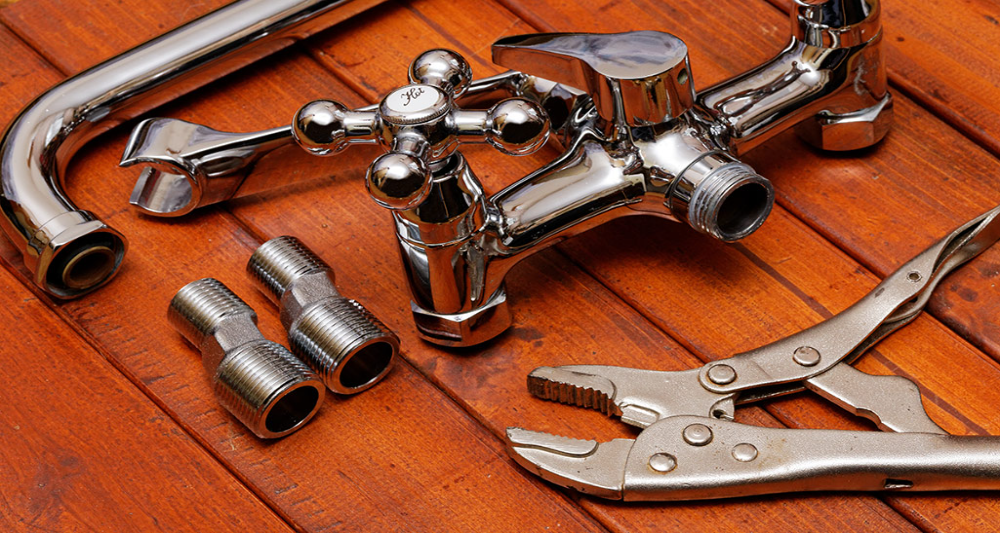
In order to start the process of replacing the kitchen faucet, you need to know the type of faucet that is placed in your kitchen. There are so many types of kitchen faucets available in the market, so check which one is your kitchen.
Now you have to make sure that you have all the tools before you start your task. It includes a new faucet, plumbers tape, adjustable wrench, plier, flashlight, and screwdriver. These are some basic items that will be required while we replace the new kitchen faucet. Equipping yourself with the necessary tools will help you in replacing the kitchen faucet smoothly.
2. Check Your Sink
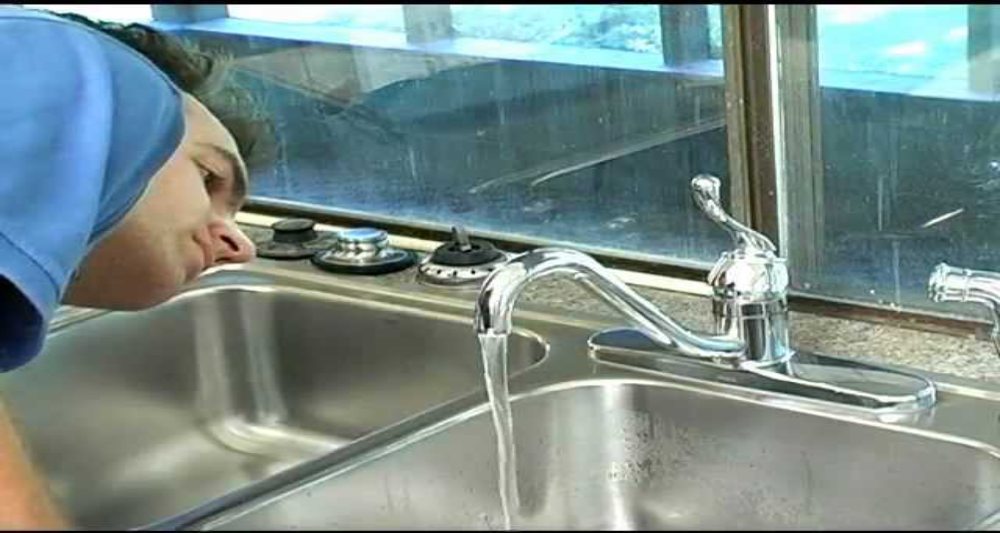
You should thoroughly look at the sink and its attachment, how they are joined, and which joint is connected to which part to replace your faucet nicely. You will need this information when you fit the unions together.
You can also have a diary or click pictures if you are unable to remember the joints while you are replacing the kitchen faucet on your own. Take time and get to know the mechanism of your kitchen faucet so that you can replace it without any hassle.
3. Check Your New Faucet
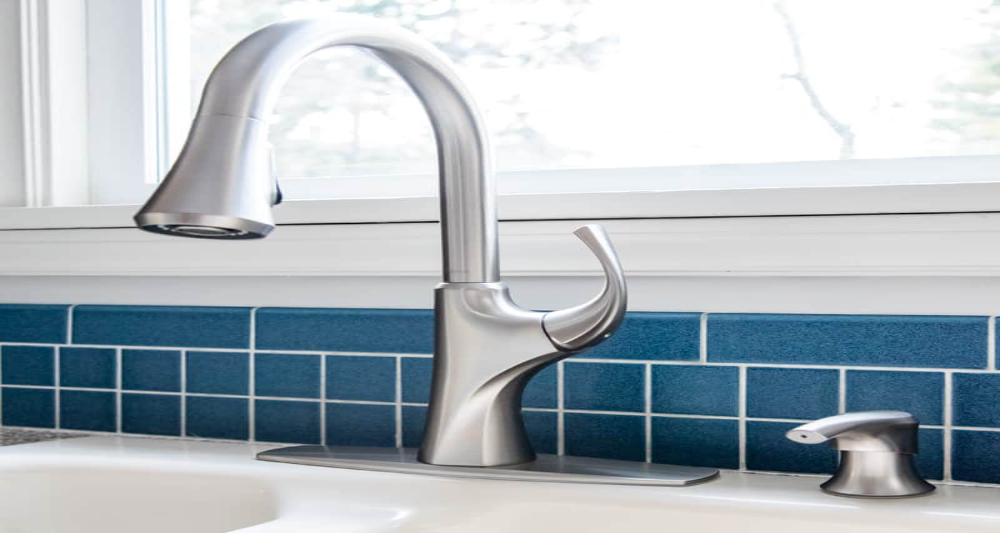
There is a possibility that your new faucet is not similar to your old installed faucet. In that case, Before you start your installation process while replacing your old one, you should check the condition and type of the new faucet.
Moreover, these faucets last long, so if you are planning to replace a kitchen faucet, then why not do it with a better-quality one? We are advising you to look finely, so it’s worth investing in good quality and last longer.
4. Refer to The Instructions on The Faucet
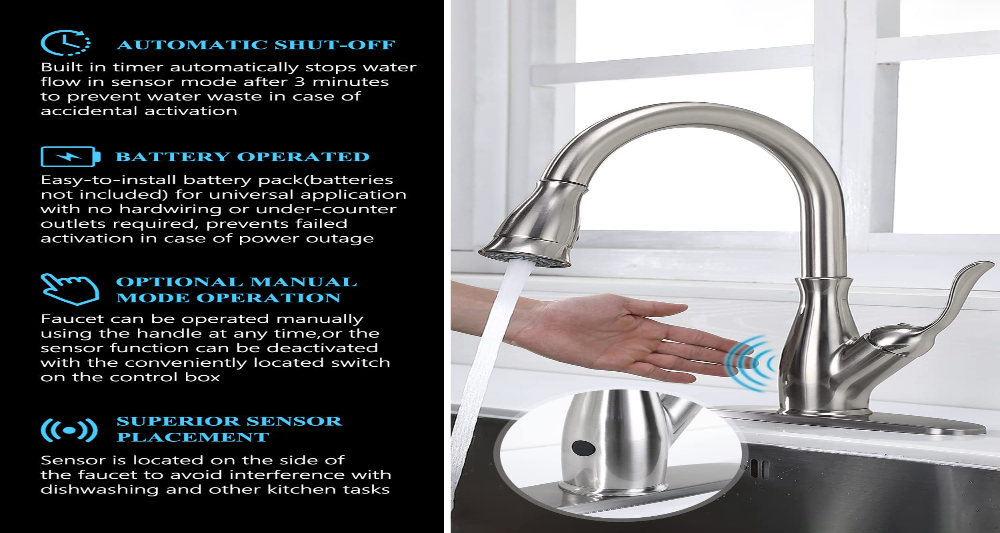
It is better to refer to the instructions than to be in doubt, as the manufacturer’s instructions are something you won’t find anywhere else. So before you start the process of replacing the kitchen faucet, just read what is written at the back of the pack carefully.
This will help you ease the process as you will be aware of the method to apply for replacing your kitchen faucet.
5. Remove All Items from Under the Sink
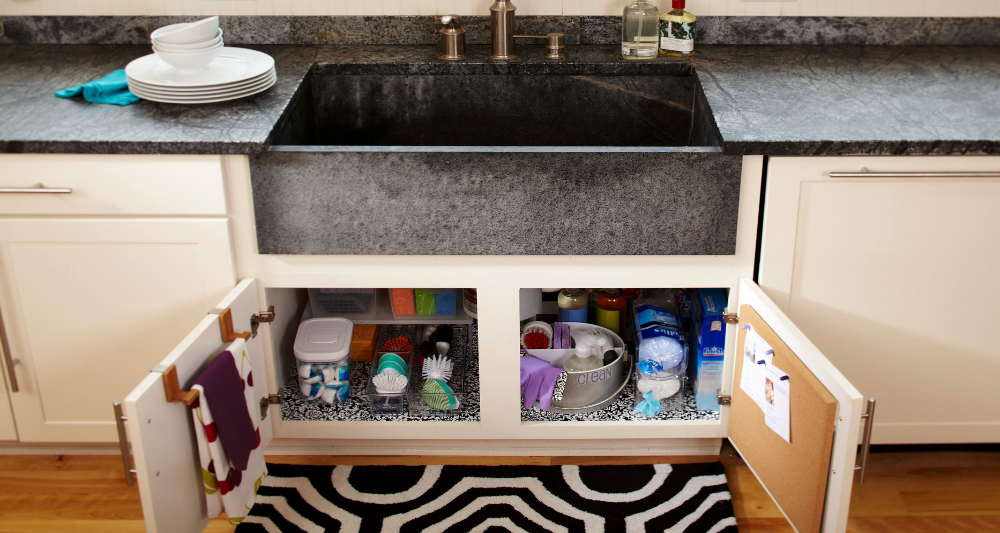
Replacing kitchen faucets is not child’s play. It will surely take a lot of time, and you are going to spend quite some time under your sink. Thus, it is important to clear out everything. You can remove the cleaning supplies that are usually kept in your sink cabinet.
You can move the items kept under the sink, whether waste or use, should be removed and kept in some safe place to protect them from getting wet or getting damaged. Further, you should place an old towel or any cloth over the bottom of the cabinet so that you avoid coming in contact with chemical residue while you work.
6. Shut the Water Supply
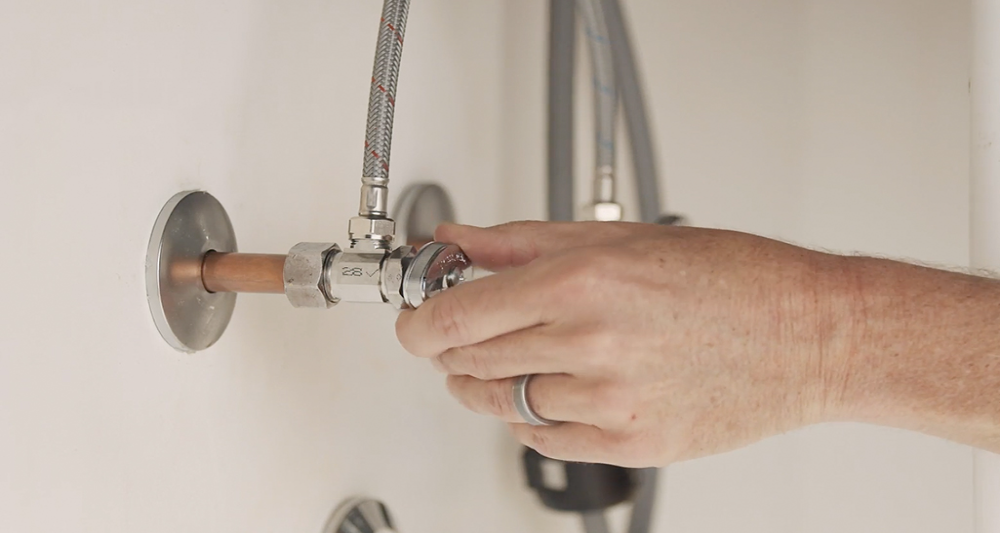
Before starting the process of replacing the kitchen faucet, the first thing that you should do is shut down the water supply. Under the sink, there is a shut-off valve that opens and closes the supply of water. Turn the knob clockwise, and it will cut the supply of water to the sink.
Now turn the tap on and let the leftover water in the pipeline be drained. You can grab any bucket or vessel to store the water that is left in the pipeline rather than just wasting it. Once all the water is drained out of the pipeline now, you can begin the next step of the process.
7. Disconnect the Supply Pipe
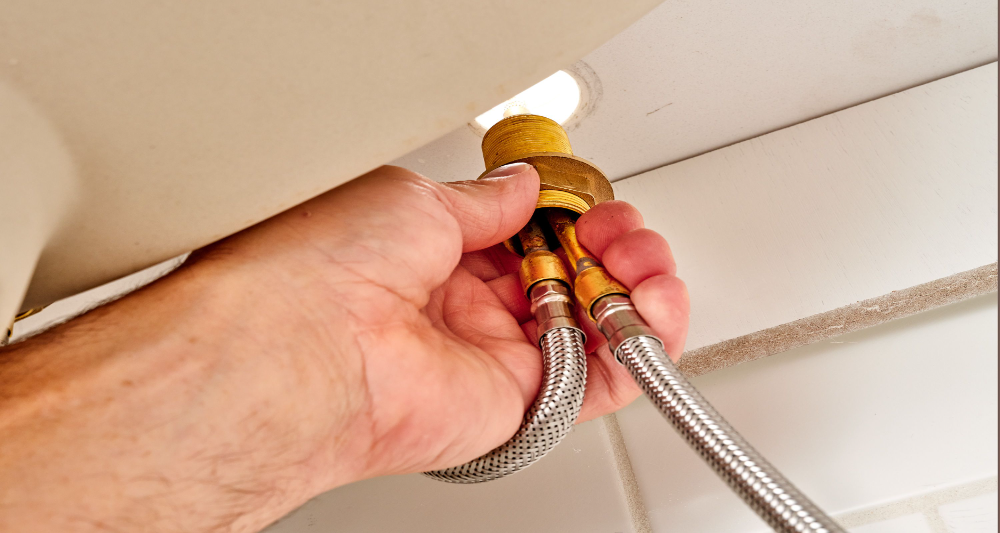
At the bottom of the sink, the union at the shut-off valve. Open the nut using an adjustable spanner and also open the nut that is at the top connecting the faucet, lift the old faucet up, and check for the condition of the old pipeline.
Carefully loosen and disconnect the supply lines that connect the faucet to the hot and cold water pipes. Now your old faucet is removed, and you are ready to replace the kitchen faucet that was there in your home.
8. Check for The Condition of The Pipeline and End Fittings
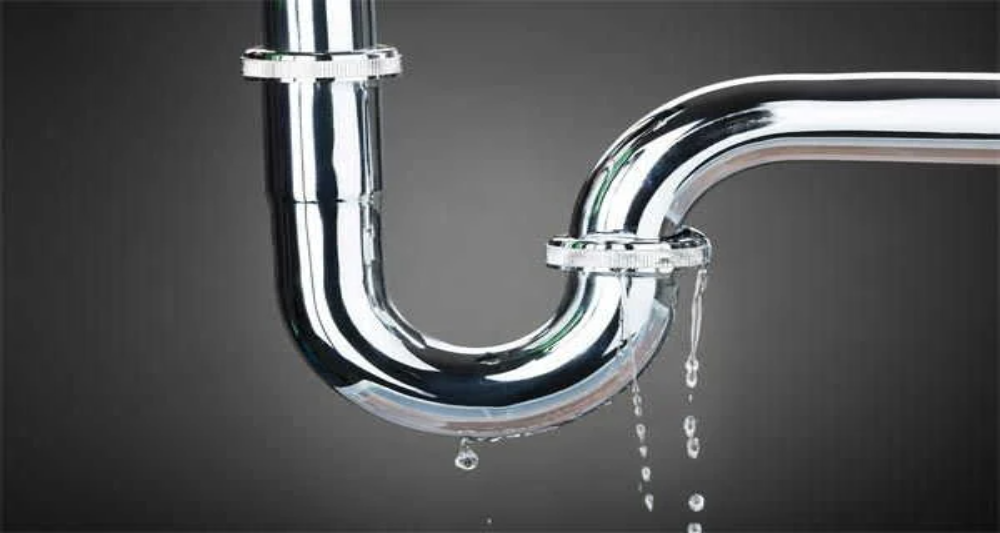
The faucet is not only the connection from where the water supply is given, but it has a whole mechanism that needs to be checked. So before you begin replacing the kitchen faucet, check whether you need to replace the pipelines and end fitting or if the same can go with the old faucet. If required, buy a new pipeline that comes with the nuts at its ends.
This will ensure that your new faucet will work in the long run, as the old parts will be removed if there is any damage. Pipelines and end fittings are necessary because it only helps in the mechanism the most. Also, because of the long run, these pipelines get damaged, so check before you install a new one.
9. Clean the Sink Where the Old Faucet Was Installed
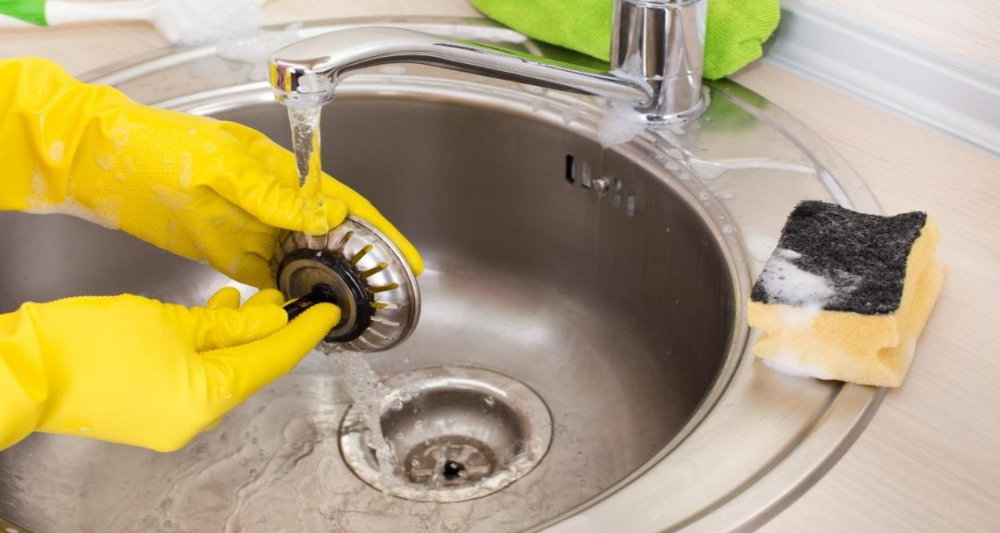
Once you have dealt with the stubborn nuts and pipelines and unwanted things are removed. Now you need to clean the hard water marks on the sink. Moreover, just make up your mind to feel grossed out! Once the nuts are removed, just pull out the faucet. There you will observe a black foam seal that has disintegrated and is not mold.
Carefully scrape it out with the help of a putty knife. Now you need to clean the sink that has marks on the old faucet as well as watermarks. Use an acid cleaner or use vinegar to clean the sink thoroughly. If the stains do not go, you need not worry about it, as the new faucet will hide some of the stains.
10. Install the New Faucet
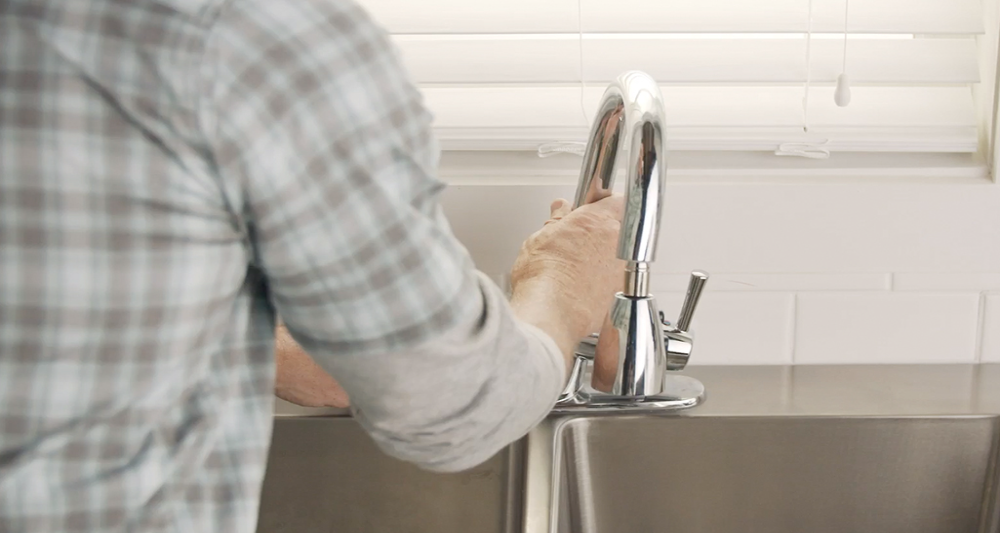
Insert the new faucet into the existing openings in the sink. From underneath the sink, secure the faucet by tightening the mounting nuts. Be careful not to overtighten, as this can damage the faucet or sink. You can use an adjustable spanner to tighten the faucet. In the process of replacing the kitchen faucet, just have patience.
Make sure to place all the nuts and bolts in the right place. If you cannot recall the old settings, then refer to the diary of the image that you took at the beginning starting the process. Once everything is through the hole, check under the sink as well to see everything is in place.
11. Attach the Pipeline to Your New Faucet
Now you have to attach the pipeline that you removed earlier. If you are planning to place a new pipeline, then you bring it now. Connect the red supply line to the hot water line and the black one to the cold water line accordingly.
For future safety, we recommend you wrap the threads with Teflon tape before using an adjustable wrench. Once you have wrapped things up well with the Teflon tape, then tighten everything with the wrench to the new faucet. Once the pipeline is attached, then you can consider that your 90% task of replacing the kitchen faucet is completed.
12. Turn on The Water Supply to Check for Any Leaks
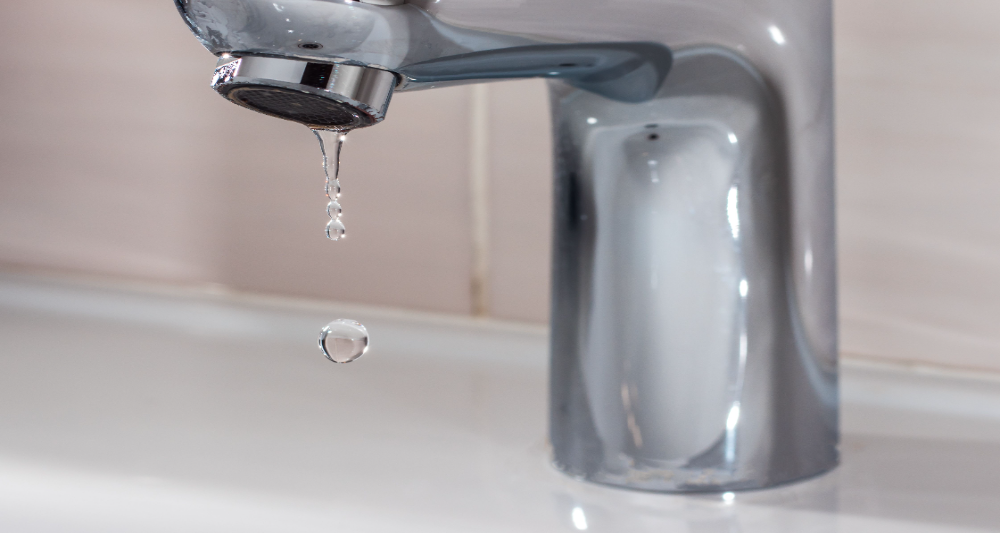
Once the new faucet is securely installed, turn on the shut-off valve in an anti-clockwise direction. Further, turn on the faucet and let the water drain for a minute to see if there are any leaks. Feel around the connects if you see any water seeping out, then tighten it immediately.
Keep an eye on the replaced faucet setting for the next 48 hours to make sure everything is working accordingly. If everything is dry and working well, then your effort of replacing the kitchen faucet has successfully completed.
Do You Need a Plumber to Replace a Faucet, or Can You DIY It?
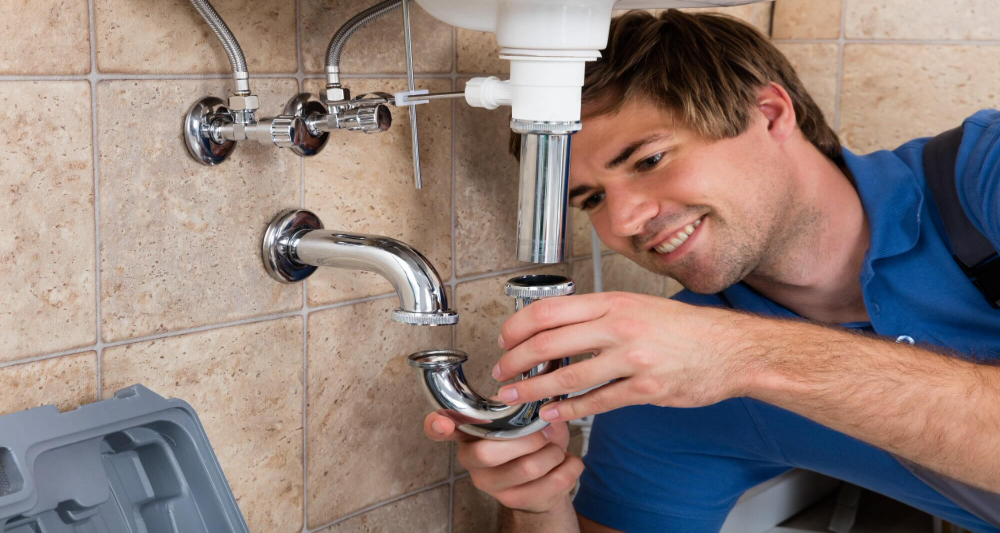
This is a common question that most of you have in mind. Well, the clear answer is NO. You can complete the process of replacing the kitchen faucet on your own. And it will take you less than an hour if you follow all the steps properly.
If you have done any plumbing task at your home, then you have the skills to do it on your own. But if you are a complete beginner, then take things slowly and try to do things as described above.
Moreover, a plumber can easily do the task, but they will charge you around $150 or more to complete the task. However, if you find that the faucet is pretty complex, then you should surely hire a licensed plumber.
Conclusion
Replacing kitchen faucets is a manageable task, even for beginners, with the right tools and guidance. By following this step-by-step guide, you can successfully replace your kitchen faucet and enjoy the benefits of a refreshed and functional kitchen. Remember to take your time, read the instructions carefully, and don’t hesitate to seek professional help if needed.
With a little effort, you’ll have a brand-new faucet that enhances both the aesthetics and functionality of your kitchen space. Moreover, it can be a fun task to do, and you can save money if you have time to do this little fixation on your own. Don’t panic; just have patience, and in no time, you’ll be able to fix your little kitchen sink faucet on your own.
However, do hire a plumber if you feel that you are not able to deal with the situation anymore. Because this work can be tiring if not done properly, in order to disturb your mental peace, just make sure to hire a professional.

